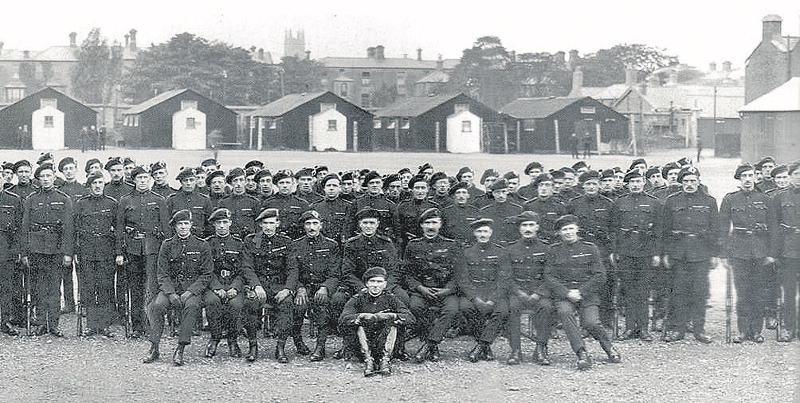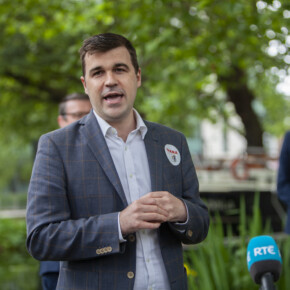HISTORY: Black and Tans and Auxies
Dublin People 03 Feb 2017
THE period popularly known as the War of Independence began when Dan Breen and Seán Tracey shot two members of the Royal Irish Constabulary near Solohedbeg Quarry, Tipperary.
By chance the date of the attack coincided with the foundation of Dáil Éireann in Dublin’s Mansion House on 21 January 1919. The Irish Republican Army, under the direction of Michael Collins, embarked on a guerrilla war that initially consisted of attacks on the police, the Royal Irish Constabulary.
The success of the campaign can be measured by the fact that Winston Churchill, who was the British Secretary of State for War, decided to send a force of volunteers to Ireland to assist the police.
Many British soldiers, demobilized after the end of the First World War and unable to find honest work, joined this temporary police force for the wage of 10 shillings per day.
After just three months training the first recruits arrived on 25th March 1920. Due to a shortage of police uniforms the recruits were issued a mixture of clothing that included khaki and dark green, which quickly earned them the pejorative nickname ‘Black and Tans’.
Black and tan are the distinctive colours of the pack of Kerry Beagles used in the Scarteen Hunt in Limerick to this day.
It is a myth that the ‘Black and Tans’ were recruited from within the jail system in Britain. Truthfully anyone with a police record was disbarred from joining. However, that did not disbar them from engaging in criminal activities. Another force consisting of former British army officers, known as the Auxiliary Division of the Royal Irish Constabulary (ADRIC) was also formed in July 1920. The ‘Auxies’, who wore distinctive ‘tam o’ shanter’ hats, were to act as aggressive counter-insurgents and bring the fight to the IRA.
The ‘Black and Tans’ were often blamed for the excesses carried out by British forces in Ireland, for instance Bloody Sunday in Croke Park in November 1920 or indeed the Burning of Cork the following month.
In reality it was often a mixture of ‘Black and Tans’ and ‘Auxies’ and RIC. There was a tendency to lump them together, a sort of catch-all term, ‘The Tans’.
Major General Hugh Henry Tudor was in charge of the RIC and hence the ‘Tans’ and ‘Auxies’ became known as ‘Tudor’s Toughs’. But it was Brigadier General Frederick Crozier who was head of the ‘Auxies’. He resigned his position in February 1921, unable to justify the atrocities that were being carried out by the men under his command.
When newspapers in Britain carried reports of the sacking of Balbriggan or the murder of priests, public opinion and political pressure mounted on the British Government. Even King George V made it known that he was horrified by the stories emanating from Ireland.
When eventually a truce was declared on 11 July 1921 there was a sense of relief in Ireland when the ‘Tans’ and ‘Auxies’ departed six months later.
Interestingly, many of them went on to join the Gendarmerie in Palestine where H H Tudor was appointed Director of Public Safety by his friend Winston Churchill. Needless to remark they gained an equally notorious reputation in Palestine.
• Lorcan Collins runs the Michael Collins Walking Tour (www.michaelcollinstour.com) and the 1916 Walking Tour (www.1916rising.com). His books, published by O’Brien Press, include 1916: The Rising Handbook (2016) and James Connolly: 16 Lives (2012).
- HISTORY: Black and Tans and Auxies












